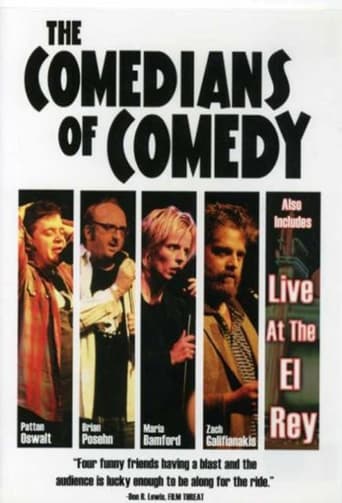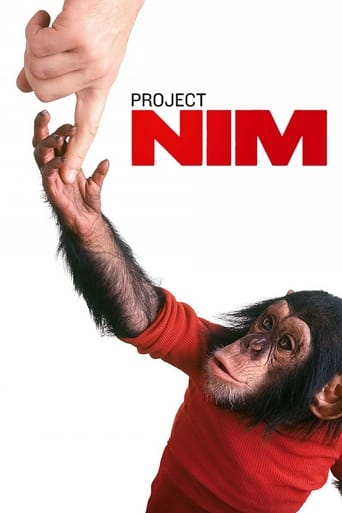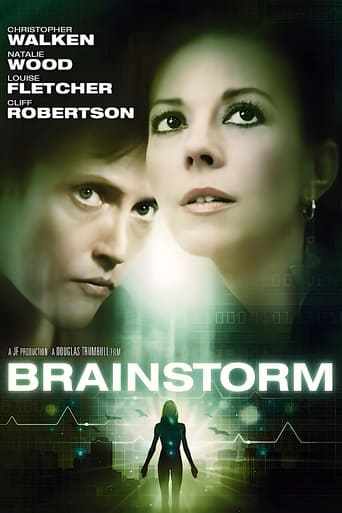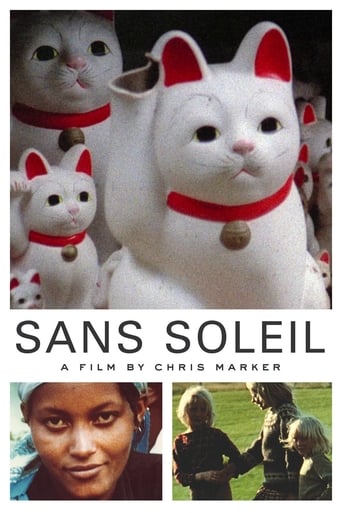


Sans Soleil
A woman narrates the thoughts of a world traveler, meditations on time and memory expressed in words and images from places as far-flung as Japan, Guinea-Bissau, Iceland, and San Francisco.
-
- Cast:
- Florence Delay , Riyoko Ikeda , Charlotte Kerr , Alexandra Stewart , Arielle Dombasle , David Coverdale , Chris Marker


Similar titles
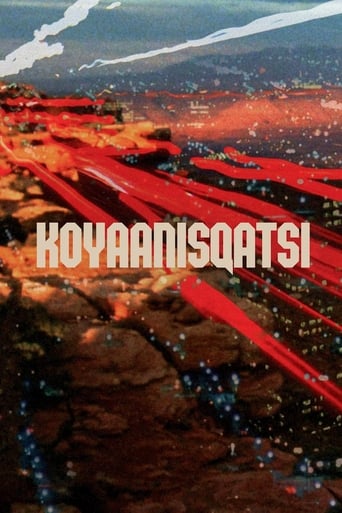
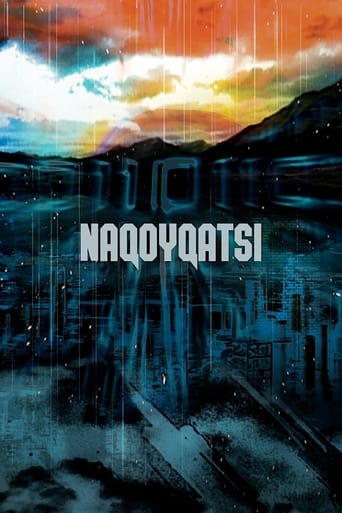
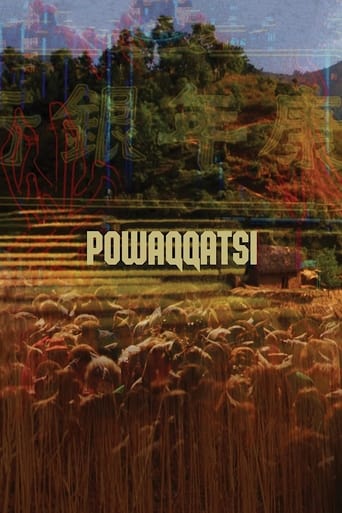
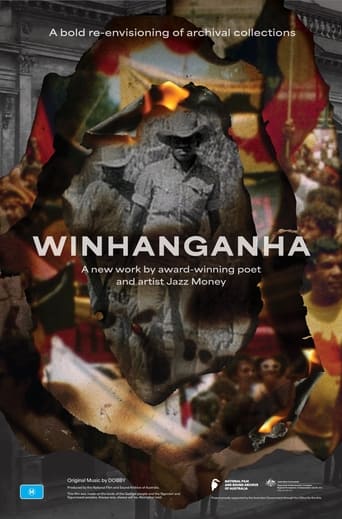
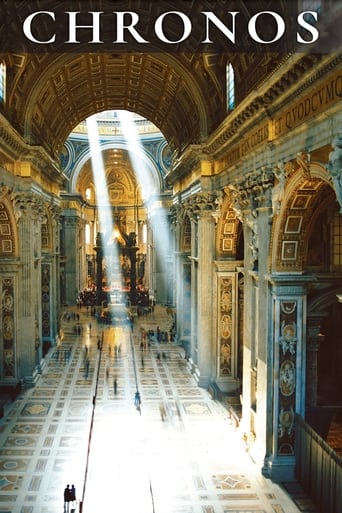
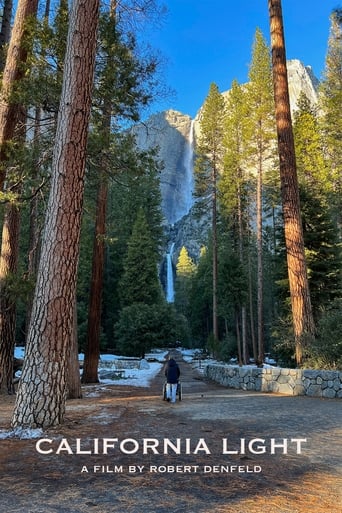
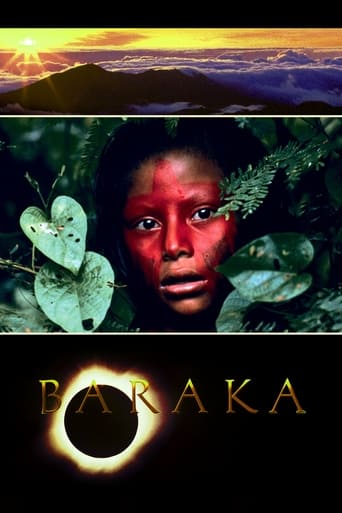
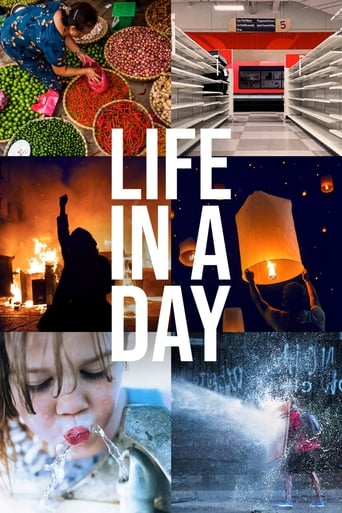
Reviews
It's fun, it's light, [but] it has a hard time when its tries to get heavy.
The film was still a fun one that will make you laugh and have you leaving the theater feeling like you just stole something valuable and got away with it.
It isn't all that great, actually. Really cheesy and very predicable of how certain scenes are gonna turn play out. However, I guess that's the charm of it all, because I would consider this one of my guilty pleasures.
By the time the dramatic fireworks start popping off, each one feels earned.
Sans Soleil (Sunless)- whose title is adapted from a song cycle by Russian Classical composer Modest Mussorgsky- follows the filmed globetrottings of a fictive man named Sandor Krasna (the stand in for Marker). It is a fictive documentary (but not quite a mockumentary) that flirts with some of the ideas expressed in Godfrey Reggio's unnarrated Quatsi films. Like the earlier film, Sans Soleil has a narrator, but it is not a fictive film, rather a quasi-documentary. The female narrator (Alexandra Stewart) reads letters from Krasna about his voyages from Iceland to Africa to Japan (where the bulk of the film is shot), with short trips to Paris and San Francisco (due to the Vertigo homage). The observations made by Krasna are beautifully reflected in the footage we see (unlike La Jetee, this film has moving color images, not just still black and white photographs). The film opens with an epigraph from T.S. Eliot's The Four Quartets- from Ash Wednesday:Because I know that time is always time And place is always and only place .Aside from the homage to Vertigo, there is an even more penetrating one to Andrei Tarkovsky's 1979 science fiction film Stalker, wherein Krasna mentions a place where images are transformed, called The Zone. Through all its circumlocutions, the film does find its way back to its start, the images of a trio of Icelandic children, although the length of the film does not enable the viewer to get the same thrilling rush of recognition one does in La Jetee, wherein the panic of the lead character is felt by the viewer in a recapitulation....Sans Soleil ends dependent upon the conceit that so much information about the travels of Krasna has so overwhelmed the viewer, and so lulled him with its rhythmic pacing, that the viewer doubts there can be an end to the film, for Krasna is a character so filled with literal self-conceit it is akin to having an inner seat inside the brain of a man who simply loves the sound of his voice, no matter what nonsense it spews. Thus, when an end does come, it seems abrupt. The interesting thing is that while, stylistically, and innovatively, the later film's ending is far more daring, it simply does not affect the viewer the way the more expected ending of La Jetee does, because there is simply no attempt made to build empathy for Krasna, as there is with the man of the earlier film, nor is there any attempt to make Sans Soleil an emotional work of any kind. From the distancing images of the Icelandic children that open and close the film, to the images from The Zone, this film is detached from reality and emotion. It is also even more explicitly a film about perception, not memory, than La Jetee is.
Sans Soleil is a 1982 nonlinear essay film by French documentary filmmaker Chris Marker (La Jetee) named after a song cycle by Mussorgsky. The film is a collage of images gathered from Africa, Iceland, San Francisco, France and Japan all set to non- direct sound. Throughout the film, an unseen woman's voice (Alexandra Stewart) narrates letters written by a possibly fictional traveler in poetic verse accompanied by sections of electronic music. Each segment begins with the phrase "He wrote me" and explores matters such as consciousness, Japanese television, modern culture, technology and even the act of filming. Images in the film include children in Iceland, a carnival in Guinea-Bissau, a ferry in Hokkido, girls in Cape Verde, and a shrine to cats in Tokyo. Sans Soleil has been hailed in some quarters as a masterpiece, however a more accurate description is "a horrendous waste of space which gives avant garde film-making a bad name." Hitchcock may well have said drama is "life with the dull bits cut out", but Sans Soleil is life with the interesting bits cut out. The narration is an affront to the English language, the images flat and tedious and the less said about the sound the better. Lines such as "How can one remember thirst?" merely confirm the film as a Monty Python sketch masquerading as an art-house film. An atrocious waste of two hours which makes Russian Ark look like Face/Off.
I had to struggle over whether or not I could do this movie justice by writing a review of it after only seeing it once; it's definitely one of those films that, though you can understand it as it goes along, and it is not in any way what one would call difficult, is one that has so many different details and points that it seems relatively rude to try to shorten it down to a synopsis. Then again, as it's work in memory, impression, and time precludes, who's to say that the instant of reviewing it does it injustice merely by struggling with it's impression of it? Well okay, now I'm just being pretentious."Sans Soleil" can be generalized as an almost two-hour visual essay on memory, poetry, and imagery, based around Chris Marker's travels around the world, focusing mostly on Japan and Africa. It lacks the visceral and unsettling effects of his short "La Jetee", but it isn't like it's meant to be... though both films can be considered "contemplative", this one is much more meditative and philosophical, continually reworking it's ideas even to various points of self-awareness made ironic through the narrator's "He wrote... He said..." misdirection.For some reason, it may be impossible to describe just how such a film can be considered so striking and yet still sound so simple (read any review that likes it, they will be awed but there'll be doubt in the minds of any that have seen it that it couldn't possibly be all that). What's interesting about it is that it is, in fact, a very simple work, especially structurally. It is even in a way dated since it uses computer effects of the time that, though they still are used experimentally today, still feel older in a this-was-new-back-then-but-we're-past-it-now way. But still... somehow it works, gets under the skin, says things in ways that you think you understand and then snap too and realize that you've been so lost in what's been going on that you've not paid attention--or was it too much attention? It is, indeed, like it's own memory of itself.--PolarisDiB
yawn, lets bundle a bunch of disparate audio, visual and narrative elements together into a movie and call it art i lost count of the amount of times i rolled my eyes at the extremely poor use of sound in this piece. in particular the part where 80's spectrum game audio plays to a swinging owl shop sign/advert the only good bit in this is the section that analyses Japanese media (around 19mins 30 to 24mins 30). finally Marker looks at something about Japanese society that he can truly comment on in a constructive way, and its a pity the doc didn't entirely stick to this area unfortunately it veers off again into the clouds and looks at social/religious issues among other things, and overall its the type of thing that a pretentious media ma student might hand in for their final paper 'trippy' twaddle from a person in a creative trough, and not a patch on la jetee

